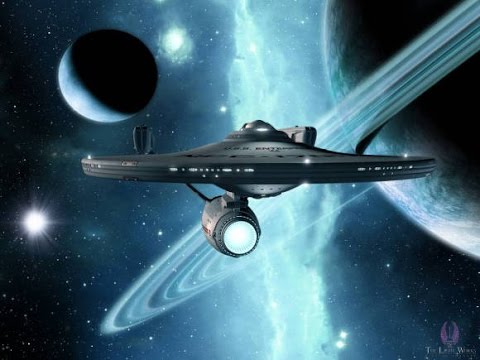Of course the number one important component is the right propulsion system:
Propulsion systems may be ranked by two quantities: their specific impulse, and final velocity of travel. Specific impulse equals thrust multiplied by the time over which the thrust acts. At present, almost all our rockets are based on chemical reactions. We see that chemical rockets have the smallest specific impulse, since they only operate for a few minutes. Their thrust may be measured in millions of pounds, but they operate for such a small duration that their specific impulse is quite small.
NASA is experimenting today with ion engines, which have a much larger specific impulse, since they can operate for months, but have an extremely low thrust. For example, an ion engine which ejects cesium ions may have the thrust of a few ounces, but in deep space they may reach great velocities over a period of time since they can operate continuously. They make up in time what they lose in thrust. Eventually, long-haul missions between planets may be conducted by ion engines.
This is really intelligent stuff and hopefully within the next few decades we can continue to make strides in space travel!
thanks to Dr. Michio Kaku for the great info
https://www.youtube.com/watch?v=CA5c1lVC-0o

Looong time
I’m not so sure. There is “black science”, secret science. Trade secrets on steroids. Think Skunkworks, Phantomworks, etc.
Not in yours, or yours kids lifetime
All it takes is a little imagination and you’re already there.
Ugh years I suppose…
I was there last night. Andromada galaxy in my 10 inch telescope.
Twomorow
Even with all the “imagined” science in Star Trek, they never left the Milky Way. It is simply huge and that’s nothing compared to the distance between galaxies. We may see interstellar travel to some degree in 100 years but I think it would be thousands for intergalactic….and that’s assuming our species hasn’t gone extinct
If humans even survive long enough to try, probably not for a thousand years, maybe 500 at the least
We are already doing it with electro gravitic ships built 50 years ago….
Asimov pretty convinced me it is impossible with what we know now and near future. Time to start building and populating locally.
If someone will supply the billions of dollars for research I will show you how to do it. Magnatism my friends, magnetism
I would very much like to know about these gravitic ships. Would you be willing to educate me a little?
http://www.siriusdisclosure.com
over 400 witness at 35 hours of testimony stating this technology exists and has been utilized since the Roswell incident.
Our species will destroy itself first!!!
Well, with all the religious institutions popping up….I say a long fucking time.
I’m leaving Tuesday at 4:00!
I acquired more Dylithium Crystals and a Fan Belt!
A wise man once said anything you can imagine is possible…. Ponder that!!
Yesterday
I’m sure we already can, just the rich don’t want to share